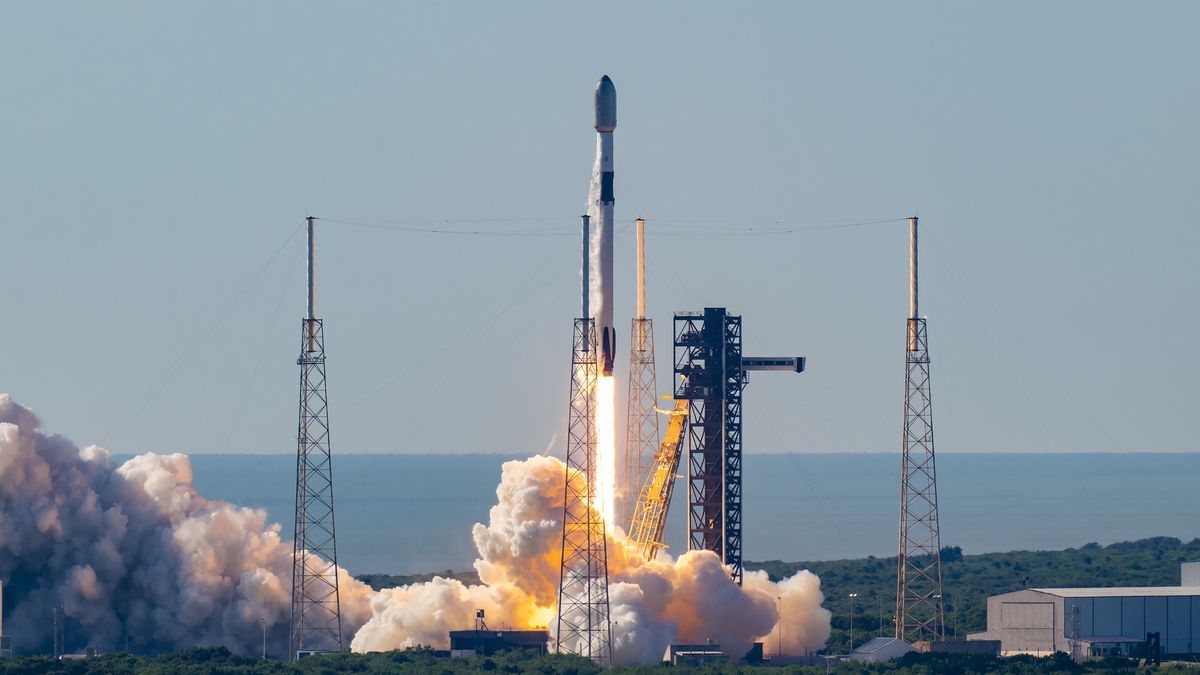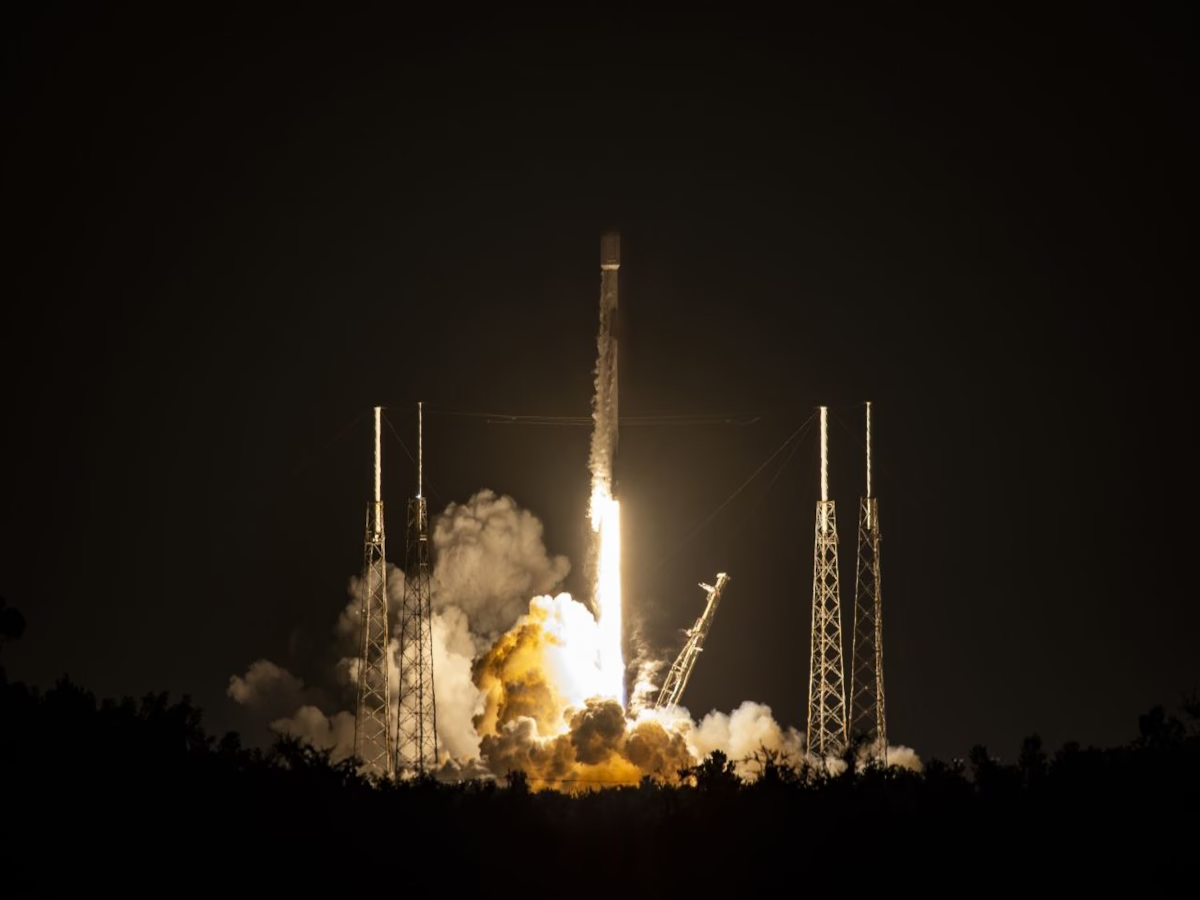On Tuesday, August 20, SpaceX successfully launched 22 Starlink Group 10-5 satellites into low-Earth orbit, marking another significant achievement in the company’s ongoing efforts to build a global, space-based internet communication network. The launch took place at 9:20 a.m. ET from Space Launch Complex 40 (SLC-40) at Cape Canaveral Space Force Station in Florida, a site steeped in historical significance with over 256 orbital launch attempts to date.

Falcon 9 Launches Starlink Group 10-5 Mission
The Starlink 10-5 mission is part of SpaceX’s ambitious plan to deploy thousands of small satellites to create a mega-constellation aimed at providing high-speed internet access to even the most remote corners of the globe. This latest batch of 22 satellites is a crucial addition to the growing constellation, which is expected to revolutionize global internet connectivity. The launch was carried out by SpaceX’s Falcon 9 rocket, a reliable workhorse for the company’s missions. This particular mission was notable for being the first flight of the first-stage booster used to support the deployment of the Starlink satellites. SpaceX’s reusable rocket technology has been a game-changer in the aerospace industry, significantly reducing the cost of space exploration and satellite deployment.
Record-Breaking Booster Landing Milestones
One of the highlights of this mission was the successful landing of Falcon 9’s first-stage booster on SpaceX’s drone ship, “A Shortfall of Gravitas” (ASOG). This marks the 80th landing on ASOG and the 341st successful booster landing overall, a testament to SpaceX’s pioneering advancements in rocket reusability. The successful recovery of the booster not only demonstrates the effectiveness of SpaceX’s technology but also underscores the company’s commitment to sustainability in space exploration. By reusing boosters, SpaceX can minimize waste and maximize efficiency, paving the way for more frequent and cost-effective missions.

The Starlink 10-5 mission also adds to SpaceX’s impressive track record for 2024, marking the 59th launch from Florida and the 153rd global orbital launch this year. The company’s relentless pace of launches highlights its leading role in the commercial space industry and its drive to achieve ambitious goals.
